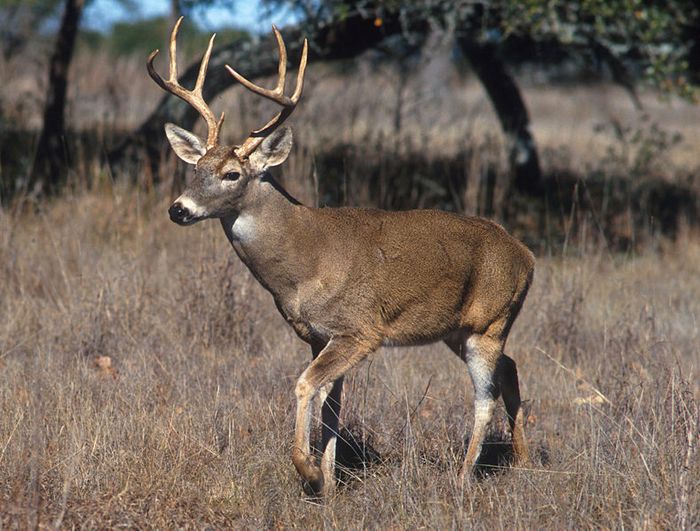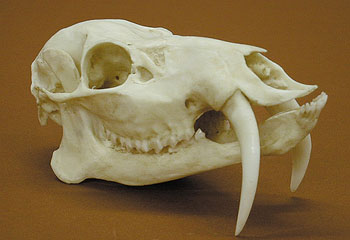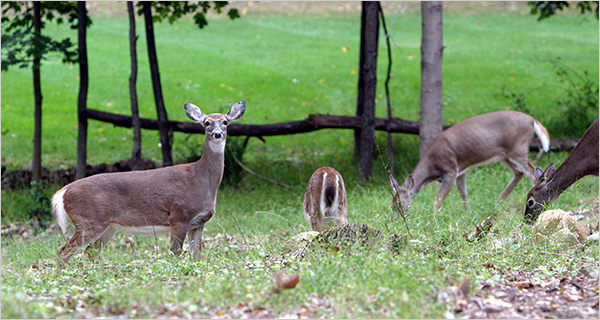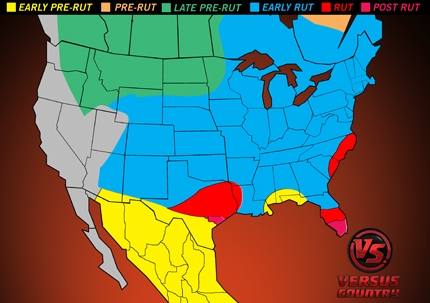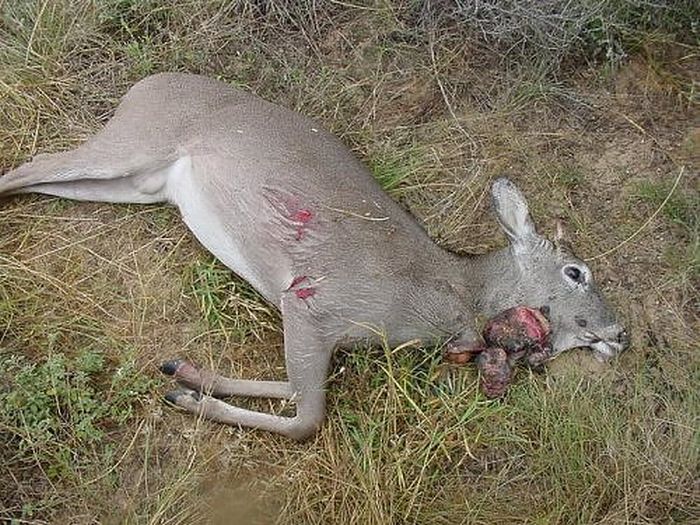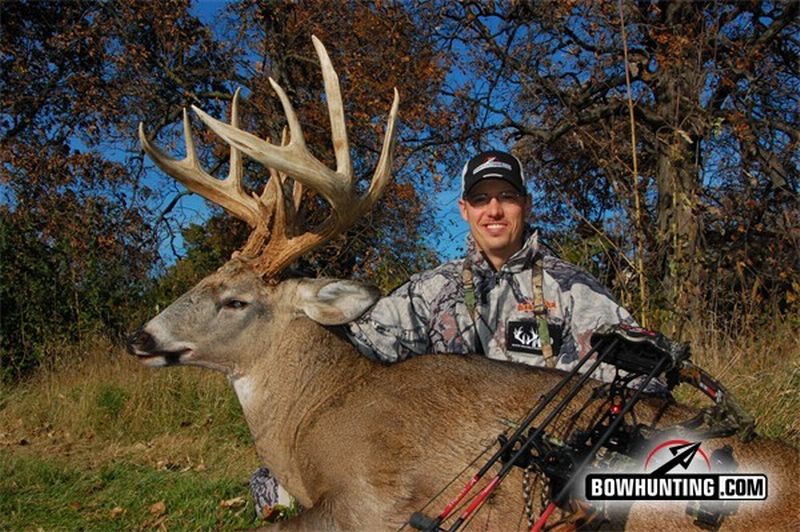The beginning of November has marked the beginning of Texas’s general deer hunting season for years. Most gun hunters have waited over 9 months for another shot at their favorite game animal, the white-tailed deer. The deer are still out there, or so says Texas Parks and Wildlife Department (TPWD). And they should know, they base their county hunting regulations based on deer surveys conducting in late summer and early fall.
And speaking of regulations, I noticed in TPWD’s Outdoor Annual that deer hunting regulations have changed throughout many Texas counties. In many cases, hunting regulations have gotten more liberal, adding crossbows to the Archery season, raising doe bag limits for many places, and adding in the late doe and spike season for additional counties, as well. So read up the regs before jumping in the bind, and good luck! Continue reading Hunters Prepare for Texas’ Deer Season
